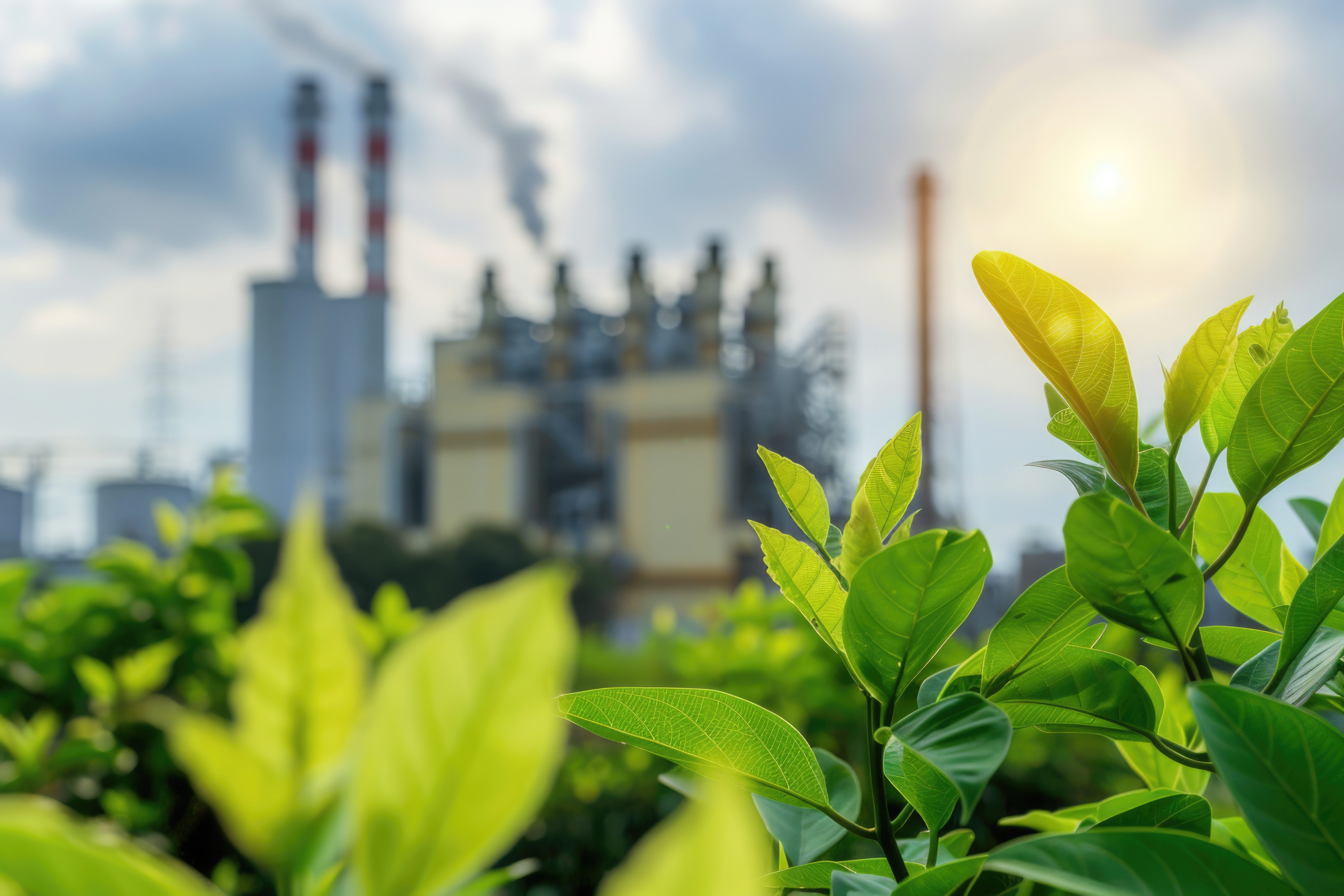Steps to Restoring Post-Mining Soil Fertility
The mining process is related to dismantling and dredging the surface layer of soil, and then the soil is taken to a unique landfill. This process will undoubtedly disrupt the soil fertility in that place, so action is needed to restore and increase soil fertility after mining.
Returning soil fertility after mining activities is not easy. But if you understand it, everything can be easy! Want to know what the steps are? So don’t miss the following discussion!
The Importance of Land Reclamation
Mining land will lose fertility, which means it will lose layers rich in nutrients and can make the land barren. Then, if the mining goods on the land have been completely drained, the next thing that happens is the closure of the mining land.
Of course, this former mining land will become a barren area that cannot be used, especially for farming activities, so it will not be productive. This kind of post-mining land needs special care, namely land reclamation.
The area can be saved from damage and reused by implementing methods to increase soil fertility. However, to do this, reliable human resources are needed to manage the land.
Soil Changes Due to Mining
Mining activities on land will certainly produce several impacts or changes to the condition of the land, such as the following:
1. The emergence of a big hole that is difficult to close
This mining will produce large holes that are impossible to complete again, ultimately resulting in pools of water with very high acid content.
2. Plants Cannot Grow Well on the Soil Surface
This is because water from puddles caused by mining contains dangerous chemicals such as Fe, Mn, SO4, Hg, and Pb. Fe and Mn substances in large amounts can be toxic to plants, causing them not to develop properly.
Meanwhile, SO4 can affect fertility levels and soil pH, which can cause plants to die quickly.
3. Increase the Threat of Landslides
Mining activities can also potentially increase the threat of landslides, especially for gold mining, carried out traditionally and usually digs hills without making them tiered (traps).
This makes the land vulnerable to landslides and threatens miner safety and residents around the mining area.
4. Disappearance of Vegetation Covering the Land
Miners who do not re-close or conduct reforestation efforts in mining areas will make the land barren and cause the vegetation on the land to disappear.
5. Changes in Land Arrangements
The mining process can cause soil layers initially at a depth of 10 meters to move to 2 meters. This kind of thing will also certainly affect the condition of soil fertility.
How to Increase Post-Mining Soil Fertility
There are several ways to increase the fertility of mining soil. Here are some of the stages.
1. Inspection and Planning Process
The first thing that needs to be done is to check the condition of the land because several factors influence the mining land reclamation process, including the type of soil, existing flora and fauna, climate conditions, natural forms, geology, land use, spatial planning, and groundwater. And the ground surface.
All these factors need to be examined and researched carefully first. If the inspection results are available, the next step is planning so reclamation activities can be more focused.
2. Plant Revegetation Process
The following way to increase soil fertility is by carrying out plant revegetation or replanting local plants. The plants used are usually laban, kareumbi, merambung, and other plants because they adapt quickly.
Apart from needing to prepare the plants that will be used, preparing the land until it is ready for planting also needs to be done. Carry out mapping and secure the land to prevent erosion during planting.
3. Cooperation Between Humans and Nature
In the reclamation process, this stage involves nature, for example, animals. One form of collaboration between humans and nature is planting fruit trees on ex-mining land to attract the attention of animals such as birds or bats.
These animals often bring plant seeds from the surrounding forest and will indirectly grow new trees at the reclamation site.
4. Taking advantage of the existence of microorganisms
You need to realize that all living things in this world have benefits for nature, no matter how small their size. Even microorganisms have an essential role in nature, namely carrying phosphorus and nitrogen in the soil to plants.
One type of microorganism beneficial to the environment is fungi such as Eupenicillium, Aspergillus, and Penicillium, which can help form minerals in the soil and decompose other organic materials.
5. Phytoremediation process
Areas of former mining land have become barren and produce a lot of pollution, so unique methods are needed to repair them. Therefore, the next step that needs to be taken is the phytoremediation process, which means using green plants to absorb pollution from mining waste.
One plant that can be used is water hyacinth because it can absorb pollution in the water.
By increasing soil fertility in this way, it is hoped that mining land can be reused for more productive activities such as farming.
Examples of Successfully Reclaimed Land
A lot of ex-mining land has now been successfully reclaimed. Here are some examples:
1. Former Tin Mine PT. Timah Tbk
This former tin mining land has been successfully reclaimed and even turned into a tourist spot named AirANGKAng Tourism Village. This area has an area of 37 hectares, which now includes nurseries, livestock, water tourism, fisheries, and animal conservation.
2. Former Nickel Mine PT. Vale Indonesia
This mining land reclamation uses a landfill system often called backfilling. The method uses the top layer of soil and other layers from the land-stripping process.
This reclamation process includes structuring and forming topography using topsoil restoration, erosion control, rehabilitation land slope standards, construction of revegetation roads, construction of water channels, plant maintenance, and monitoring.
3. Former Limestone and Clay Mine PT. Semen Indonesia Tbk
By increasing post-mining soil fertility correctly, this former mining area has returned to functioning as a forest. With this 177.4 hectares of land, they planted various types of trees such as teak, mahogany, Saigon, trembles, and even johor.
It doesn’t stop there; water reservoirs have now been created, the results of which can be used for fish cultivation or agricultural irrigation. This place can even be used as a means of education and tourism. Realizing that mining companies must return mining land to its original condition, reclamation planning must be prepared before mining.
So that the reclamation process can run correctly, SUCOFINDO presents to offer consulting services for rehabilitating post-mining land. Of course, by using various methods, that can be effective. To learn more about increasing soil fertility after mining, you can find complete information by visiting contact SUCOFINDO.







